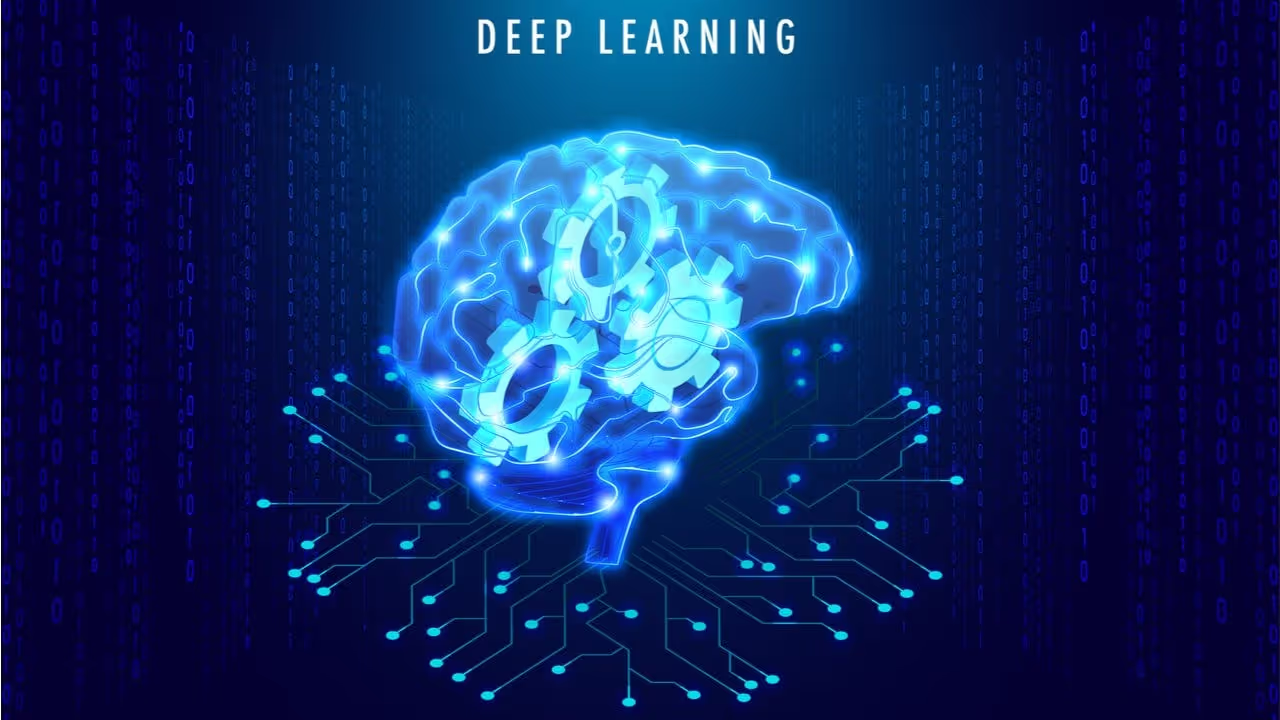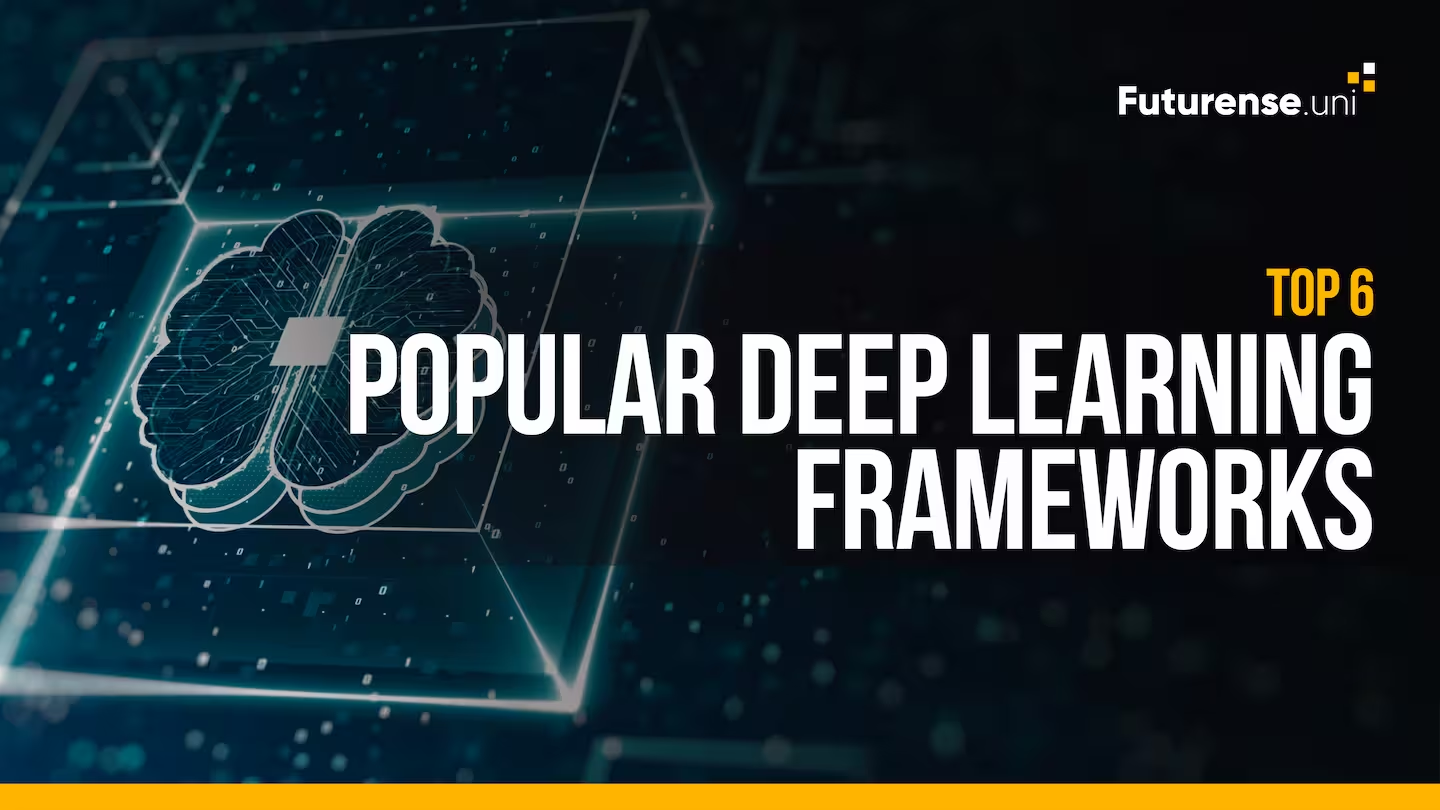France offers a wealth of opportunities for higher education, making it an attractive hub not only for traditional fields like health sciences, social sciences, engineering, and the humanities, but also for cutting-edge areas such as Deep Learning Frameworks. From prestigious Grandes Écoles and public research universities to renowned private institutions, students can explore programs that answer questions like “which of the following are deep learning frameworks” while benefiting from world-class academic resources. With affordable tuition, exceptional teaching quality, and a vibrant cultural atmosphere, France consistently ranks among the world’s top destinations for international students.
Why Deep Learning Frameworks Matter for Commercial AI
Deep learning frameworks are the backbone of modern AI development. They provide pre-built tools, libraries, and interfaces to simplify tasks like data preprocessing, model training, and deployment. For businesses, these frameworks accelerate time-to-market, reduce costs, and enable high-performance solutions for tasks like:
- Natural Language Processing (NLP): Chatbots, sentiment analysis.
- Computer Vision: Image recognition, object detection.
- Speech Recognition: Voice assistants, transcription tools.
With open-source deep learning frameworks dominating the landscape, developers can leverage community-driven innovations while avoiding vendor lock-in. Let’s explore the top options.

Popular Deep Learning Frameworks: Top 6 Options
1. TensorFlow
Developed By: Google Brain
Key Features:
- Scalable production-grade deployment with TensorFlow Extended (TFX).
- Supports automatic differentiation and distributed training.
- Integrates with Keras for rapid prototyping.
Pros:
- Strong community support (170k+ GitHub stars).
- Ideal for large-scale projects like Google Photos’ image recognition.
- Versatile APIs for mobile (TensorFlow Lite) and web (TensorFlow.js).
Cons:
- Steeper learning curve compared to PyTorch.
Use Cases:
- Training deep learning models for NLP and computer vision.
- Deploying ML pipelines in production.
2. PyTorch
Developed By: Meta AI
Key Features:
- Dynamic computation graph for flexibility in AI research.
- Native support for GPU acceleration.
- Seamless integration with Python libraries like NumPy.
Pros:
- Preferred by researchers (60k+ GitHub stars).
- Simplifies debugging with eager execution mode.
- Powers Facebook’s AI tools for content recommendation.
Cons:
- Less optimized for mobile deployment.
Use Cases:
- Rapid prototyping for NLP and reinforcement learning.
- Academic research and experimental projects
3. Keras
Developed By: François Chollet (Now part of TensorFlow)
Key Features:
- User-friendly API for beginners.
- Modular architecture for easy customization.
- Runs on top of TensorFlow, Theano, or CNTK.
Pros:
- Low-code interface for quick model building.
- Excellent for startups and data science teams.
Cons:
- Limited low-level control compared to TensorFlow.
Use Cases:
- Small to medium-scale image recognition projects.
- Educational purposes and hackathons.
4. MXNet
Developed By: Apache Software Foundation
Key Features:
- Optimized for distributed computing and large-scale deployments.
- Supports multiple languages (Python, Julia, Scala).
- Backed by Amazon for AWS integrations.
Pros:
- High performance with minimal resource usage.
- Powers Alexa’s speech recognition systems.
Cons:
- Smaller community than TensorFlow/PyTorch.
Use Cases:
- Cloud-based AI applications.
- Multi-language projects requiring scalability.
5. Caffe
Developed By: Berkeley AI Research (BAIR)
Key Features:
- Specialized in computer vision and image recognition.
- Expressive architecture for custom layer design.
Pros:
- Blazing-fast inference speeds.
- Used in Adobe’s creative tools for image processing.
Cons:
- Limited flexibility for non-vision tasks.
Use Cases:
- Real-time object detection in autonomous vehicles.
- Medical imaging analysis.
6. Microsoft Cognitive Toolkit (CNTK)
Developed By: Microsoft
Key Features:
- Efficient distributed training across GPUs.
- Optimized for speech and time-series data.
Pros:
- Unmatched speed for recurrent neural networks (RNNs).
- Powers Cortana’s speech recognition.
Cons:
- Declining community adoption post-PyTorch rise.
Use Cases:
- Speech-to-text applications.
- Financial forecasting models.
How to Choose the Right Deep Learning Framework
With so many options, here’s a quick decision-making guide:
Notes:
- Community Support: Opt for frameworks with active forums (e.g., TensorFlow, PyTorch).
- Integration: Ensure compatibility with your data science stack (e.g., Pandas, NumPy).
- Scalability: For enterprise projects, prioritize distributed training capabilities.
The Future of Deep Learning Frameworks
As AI research advances, frameworks are converging toward interoperability. Tools like ONNX (Open Neural Network Exchange) enable models trained in PyTorch to run on TensorFlow, bridging gaps between ecosystems. Meanwhile, AutoML and low-code platforms are democratizing AI development, allowing businesses to train deep learning models without extensive coding.
Final Thoughts
Deep Learning Frameworks are chosen based on a project’s scale, domain, and team expertise. TensorFlow and PyTorch dominate in commercial adoption, while specialized tools like Caffe and CNTK excel in niche applications. When deciding which of the following are deep learning frameworks, aligning your requirements with the right choice can enable faster experimentation, efficient resource utilization, and state-of-the-art AI deployments.
FAQ: Deep Learning Frameworks
What are deep learning frameworks?
Deep learning frameworks are software libraries that provide tools, APIs, and abstractions for designing, training, validating, and deploying deep neural networks.
Which are the most popular deep learning frameworks?
Some of the most widely used are TensorFlow, PyTorch, Keras (often as high-level API), Deeplearning4j, MXNet, and newer ones like MindSpore.
How to choose between TensorFlow and PyTorch?
PyTorch is praised for its dynamic computation graph, ease of use, and popularity in research. TensorFlow is strong in production deployment, scalability, and a large ecosystem. Many developers try both and pick what fits their workflow.
What are the challenges or risks in using deep learning frameworks?
Some issues include dependency/version conflicts, security vulnerabilities in framework code, and the steep learning curve for performance tuning.







.avif)
.avif)
.avif)